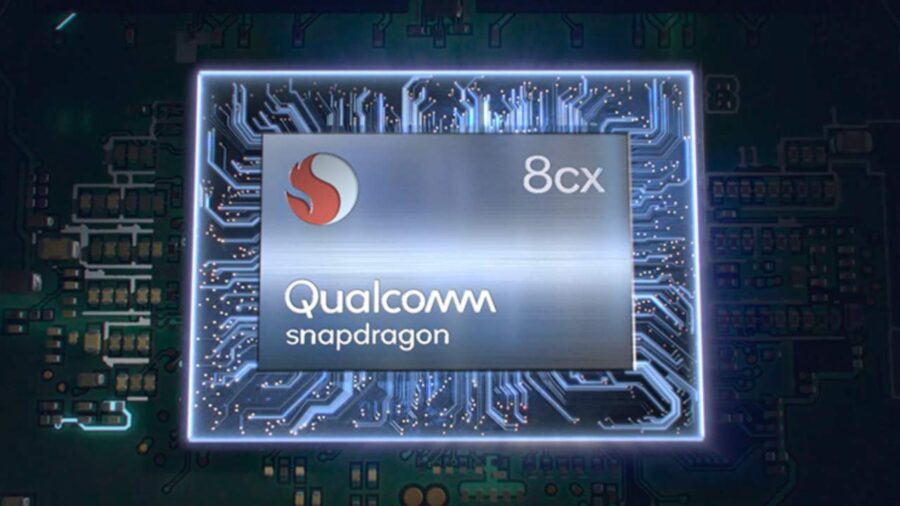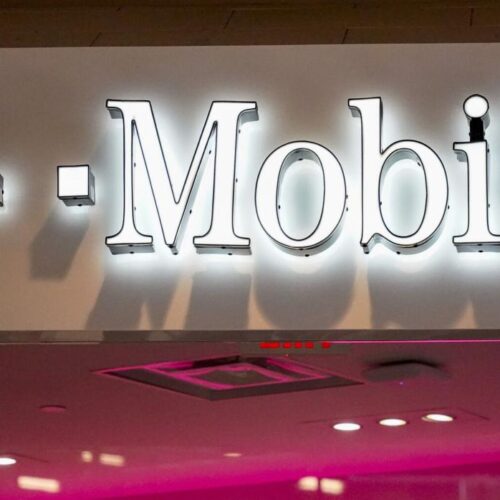Goodbye Snapdragon 898, we don’t even have time to get to know you. Qualcomm is a branding that moves for the chipset of its smartphone, removing the three-digit nomenclature which is now known on the night of the newest Snapdragon seeds announced at the upcoming Snapdragon Summit 2021.
Until now, the Qualcomm approach to regulate various chip choices is quite easy. The first number in the three-digit code has referred to the general series: 4 and 5 for low-end devices, including sub-200 phones; 6 and 7 for the middle level; And finally 8 for the superior chipset series.
The second digit, meanwhile, has referred to generation and position in the series. So, Snapdragon 888 – announced on the Snapdragon Summit last year – is the successor to Snapdragon 865. The last digit distinguishes smaller differences, sometimes with the “+” suffix also added, or instead of numerical changes. Snapdragon 888+, for example, is an ordinary 888 version with a CPU clock speed that is slightly faster.
This is a system that has worked quite well, even though it supports a kind of techie audience that follows the rhythm of upscale Android phones. For mainstream consumers, meanwhile, Qualcomm has tried to position Snapdragon more generally as a brand to watch out for. Overall, historically the chip maker has been satisfied to leave the side facing the consumer to his handset partner.
However, with recent changes in the smartphone segment, the strategy was somewhat paled. On the one hand, companies like Apple make their own chipsets generally choose branding that is easier, at least because they don’t need to develop the same arrangement of different SOCs because they don’t have various customers as Qualcomm.
At the same time, several telephone makers who traditionally will count themselves that Qualcomm customers have moved to develop their own chipsets. Google Tensor Chip in Pixel 6 and Pixel 6 Pro, for example, ending the mobile series’ Run of Snapdragon Power. With other companies lead to considering developing Socs itself, Qualcomm needs to encourage their own branding seems more urgent.
Adding complexity there are blunt facts that the company runs out of numbers. The replacement for Snapdragon 888 is widely reported to be a Snapdragon 898, approaching the upper limit where Qualcomm can take the current nomenclature system. Instead of letting it happen, it seems that the company has decided to make changes now, with the new superior chipset paving the way for a wider attestment.
For the beginning, Qualcomm and Snapdragon were separated. “Snapdragon will be a brand of independent products with specific bonds with the appropriate Qualcomm brand,” Qualcomm explained. This will change the various iconographies, and add new colors to the palette. Gold, for example, will now be used only for “premium-tier” chips, and 5G will not be called specifically due to basically the features expected at this stage.
As for the three digit names, they have retired. “Simplified and consistent new naming structure for our platform makes it easier for our customers to find and choose devices powered by Snapdragon,” Qualcomm promises. “This means that our cellular platform will transition to the one-digit series and generation numbers, aligning with other product categories – starting with our latest 8-series snapdragon 8-series platform.”
So far, Qualcomm gives us half the name Snapdragon name. What we don’t know is what will replace the old system with: which will be confirmed next week, with the arrival of a new 8-series platform.
Branding, of course, only part of Qualcomm challenges for the coming years. Explosive growth on smartphones has been good to the company, as is the transition from 4G to 5G. Even now, Qualcomm modem often finds customers among telephone makers who have developed their own processors, like me





